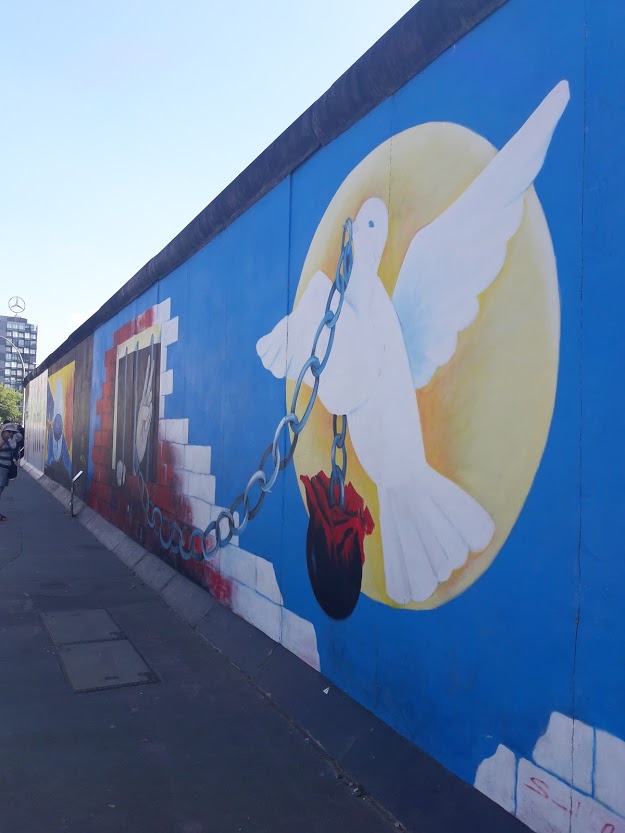That ‘what has been’ is no longer but exist in memory. One learns the stories chosen to present by museums, schools, parents etc. But to include the stories and views on what has been in the world seems rather impossible. Does one have to fight, or win to be remembered, to have a story? Rothberg (2009) talks about multidirectional memory and explains how multiple traumatic pasts can co-exist together in a heterogeneous present. He argues for unlimited space for memories and views and that non-competitive comparisons can be made between memories of trauma. However, I wish to extend this beyond traumatic pasts and suggest that both positive and negative viewed pasts can co-exist in collective memory. Whether something is seen as positive or negative cannot be generalized but, there are always two sides on the same coin, Janus-faced. Two opposites that are one, inseparable but as different as yin and yang. If we then follow Rothberg’s idea of unlimited space in collective memory, competitive memory fades and Janus-faced memory exists.
One example where this form of multidirectional memory has been made visible in a site is the Berlin Wall. The remains of the wall are seen as a monument these days and takes on different forms throughout the city of Berlin. While some parts of the wall are unchanged and show the barrier it ones was, other parts are painted with symbols of freedom. The monument draws many tourists and during a visit one is tempted to wonder what story is interpretated by these spectators. It is almost an observer’s paradox. One can never see ‘the authentic’ because the visitor always brings their own story to the site through which one gazes. This would fit within the idea of multidirectional memory. The Berlin Wall might represent a symbol of freedom for one, while the other identifies with the separation caused and painful emotions.
It can be said to be important to tell ‘all’ stories, but realising each visitor brings their own story this seems an unreachable principle. Providing a space to a visitor and some guidance in a story would be then the best alternative. A narrative told at the site contributes to the atmosphere and while MacCannell (2011) emphasises that pleasurable and painful memory converge in every attraction, the freedom to focus on either one or both sides of memory should be given. The Berlin Wall provides this is a way by using a part of the wall for art, as can be seen in the photographs. This can also be seen as a buffer to take the visitor away from the trauma and use displacement to repress a painful memory and yet other parts of the wall do not suggest this and provide a different atmosphere.
During my visit to the Berlin Wall, I joined a free tour, operated by a student from Berlin. She told the story that had been taught to me in school while she guided us towards the wall. But then she added something new. She told us how she too felt the joy for the people of Berlin when the wall came down but, she disagreed with the left-out story of East-Berlin. This isn’t the story of suffering, because that story has been told throughout, she said the story of the good things of East Berlin was completely neglected. The superior and ‘better-life’ feeling of West-Berlin didn’t bother to keep the East horrors alive which also meant forgetting, or not even looking, for the good. This view was new to me and before I didn’t consider positive ideas either when thinking of East Berlin. I believe this is a strong argument to follow multidirectional memory as opposed to competitive memory where those who ‘win’ are emphasised.
While MacCannell sees even pain in the happiest sites, I believe there is also the possibility to see happiness in the most painful sites, even though this is difficult and might set one to a different reflection. Multidirectional memory provides this opportunity to see, acknowledge all that is there and then form our own narrative. The Berlin Wall provides a space where this can be practiced. It is the job of the keepers of monuments and experts in the field to provide the visitor with a script that teaches and allows multidirectional memory and Janus-faced narratives.



Comments are closed